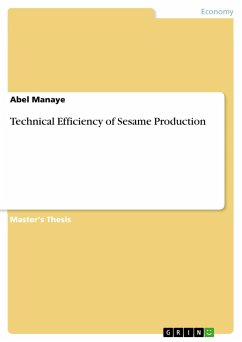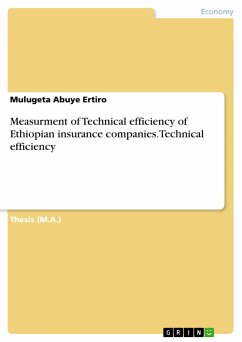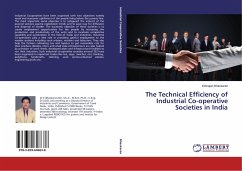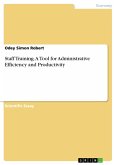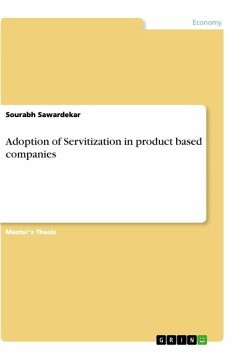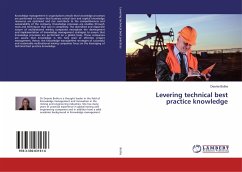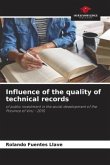Master's Thesis from the year 2016 in the subject Business economics - Supply, Production, Logistics, , course: Agricultural Economics, language: English, abstract: This study aimed to analyze the technical efficiency of sesame production in Humera area and to identify major factors that cause efficiency differentials of smallholder farmers. The objective of the study is to measure the technical efficiency of small holder farmers in sesame production. The study was conducted using a cross sectional data collected in 2015/2016-production year from a total sample of 110 households. Cobb-Douglas function was employed to estimate technical efficiency of smallholder farmers in sesame production. The finding of the study indicated that there is inefficiency in the production of sesame in the study area. The estimation of the frontier model with inefficiency variables shows that the mean technical efficiency of farmers is 0.69 (69%). This implies that production of sesame can be increased by 31 percent given the existing technological level. This indicates that the farmers did not using production inputs efficiently in such a way that they give their maximum potential. The estimated stochastic production frontier model together with the inefficiency parameters suggests that any attempt to strengthen technical efficiency of smallholder farmers in the study area must give due attention to the improvement of the principal causes for efficiency differentials such as education, age, extension contact, credit availability, off farm activities and proximity, which were found to be significant determinants of efficiency level. The negative coefficient of educational status, age, credit availability, extension contact and off farm activities means these factors are important in determining the existing efficiency of farmers positively and significantly. While the positive coefficients of proximity indicate that the increments in these factors increase inefficiency. Giventhe limited resources in the study area will enable the concerned parties engaged in efforts for improvement of the product and productivity of this part of the community to bring about the desired changes in a cost effective way than trying to inject an investment on the production of sesame.
Hinweis: Dieser Artikel kann nur an eine deutsche Lieferadresse ausgeliefert werden.
Hinweis: Dieser Artikel kann nur an eine deutsche Lieferadresse ausgeliefert werden.

